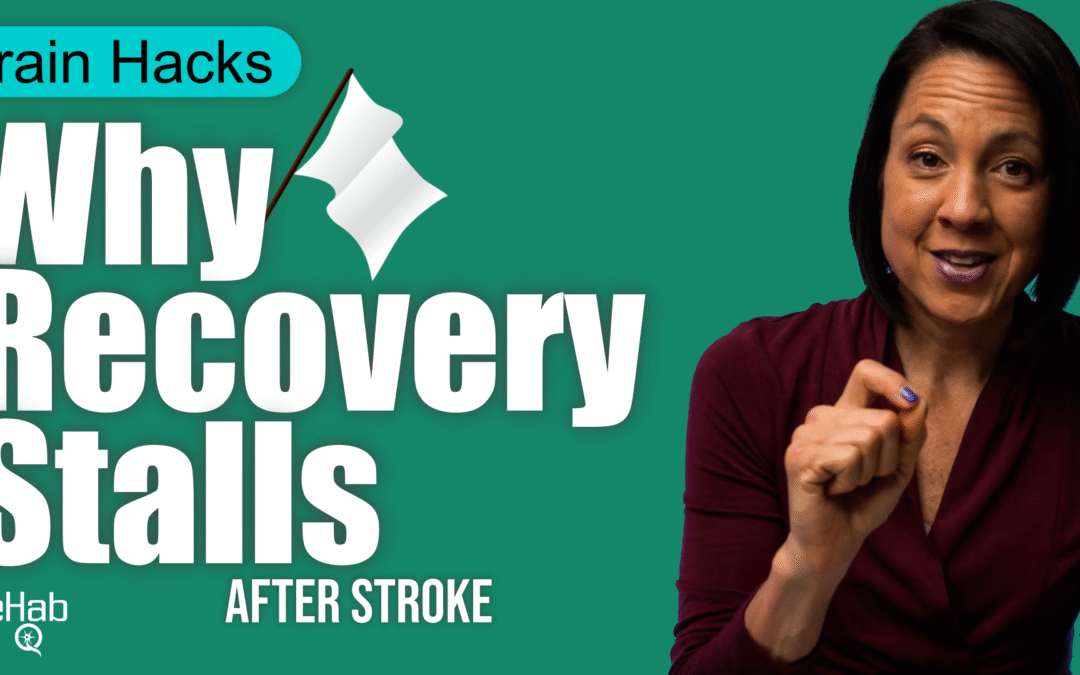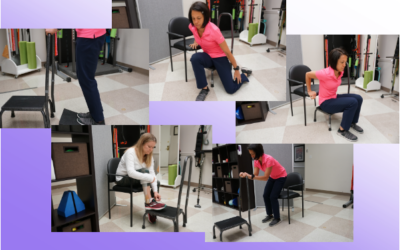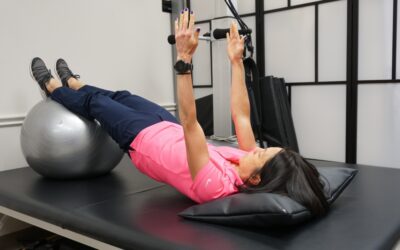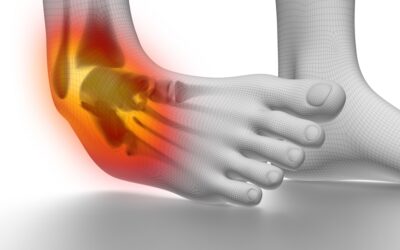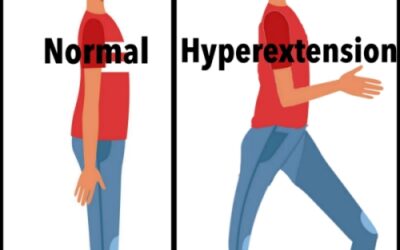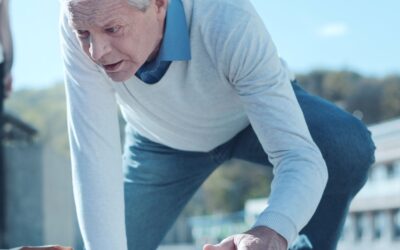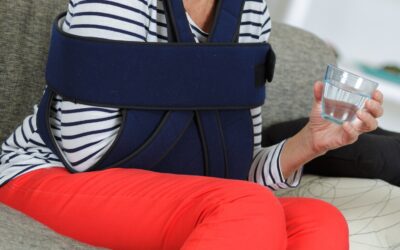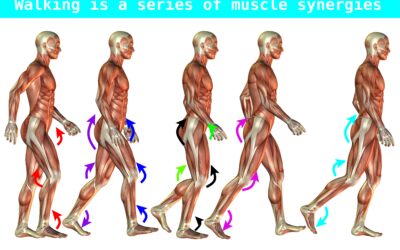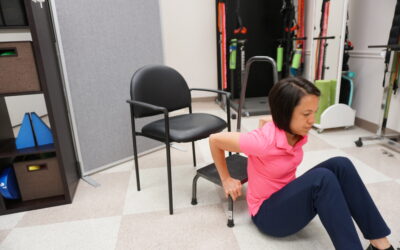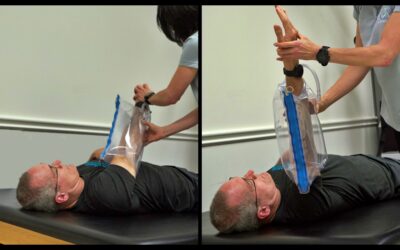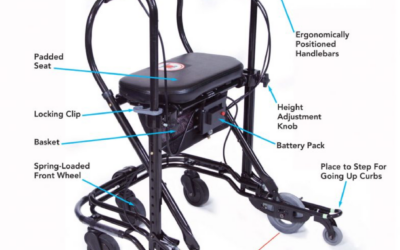Why Stroke Recovery Stalls and How to Push Through
Recovery may feel stuck, but progress is still possible. Here’s how to keep improving after a plateau.
Recovering from a stroke or neurologic injury can feel overwhelming. Walking, driving, working, or even just picking up your grandkids. It all feels like a mountain to climb. But what if I told you the secret isn’t in chasing the big goals right away? It’s in celebrating small wins every single day.
Why Big Goals Can Feel Overwhelming
I’ve worked with patients for over 22 years, and one of the most common things I see is this: the finish line feels too far away. You look at all the exercises, all the steps between where you are now and where you want to be, and it feels like dumping out a 1,000-piece puzzle. You don’t even know where to start.
And when your brain starts telling you “there’s no way I’ll get there,” motivation goes out the window.
Why Small Wins Matter for Your Brain
Recovery after stroke isn’t like recovering from a sprained ankle. It’s not just about getting your muscles stronger. You’re not just rehabbing a body part, you’re retraining your brain.
That means you need repetition, over and over, to rewire those pathways.
If someone had handed you an algebra book in elementary school, you probably would’ve thrown in the towel. But broken into small chunks? You learned, step by step, until one day algebra made sense.
Recovery works the same way.
The Confidence Snowball
Here’s what happens when you set small goals:
- You start to see yourself differently.
- You go from being “stuck” to being someone who can overcome challenges.
- Your confidence grows.
That confidence builds momentum. Momentum keeps you motivated. And once your brain starts to believe that, progress speeds up.
Real-Life Wins
Some of my patients want long exercise lists. They feel like if they’re not doing more, more, more, they’re not working hard enough.
But in reality? The people who get the best results are the ones who stick to a short, simple program every single day.
For example: Flipping your hand over 10 times.
These things sound small. But stacked up over days and weeks, they create real change. I’ve seen it hundreds of times.
Celebrate Every Step
Some of the best signs of progress aren’t dramatic, they’re subtle. Things like:
- Being able to lift your leg into the car a little easier
- Stepping over a curb without thinking about it
These are huge wins. If you start writing them down every day, you’ll be amazed at how far you’ve come in just a few weeks or months.
And if you feel like you can’t find any win? Then celebrate the fact that you showed up and did something today. That alone is a win.
How to Make Small Wins Work for You
Keep goals tiny. Make them so small you know you can succeed daily.
Tie them to a habit. Brush your teeth? Do 3 sit-to-stands right after. Making coffee? Practice standing balance for 5 seconds.
Check in occasionally. Zoom out every month or two to see how today’s small goals fit into your bigger vision.
Final Thoughts
Recovery isn’t one giant leap. It’s thousands of small steps, stacked one on top of another.
Don’t underestimate them.
Today, ask yourself: what’s one tiny win I can create? Do that, celebrate it, and trust that these small daily victories will add up to something far bigger than you can imagine.
And if you want more support, structure, and guidance on how to make this work in your recovery, check out our Rehab HQ Membership plans here. It’s designed to give you community, tools, and step-by-step strategies so you can stay consistent and keep moving forward.
Articles you may be interested in
Product Spotlight: A step stool with handle
A step stool with a handle is one of the most seems like an odd piece of "rehab equipment", however, it is truly "worth its weight in gold". It is probably the one itemI can honestly say I use multiple times a day in my clinic. And, rarely as an actual step stool....
Gym Ball Exercise Routine for Better Balance
A Gym ball exercise routine is a great way to improve your balance. If provided with the correct exercises, they can challenge almost every "problem area" for a stroke survivor. The main areas that are problematic after a stroke are steadiness, symmetry, and dynamic...
Spastic ankle guide to stretching
Stretching a spastic ankle is critical to improve standing and walking. However, stretching a spastic ankle can also be extremely challenging. Add to that, NOT stretching a spastic ankle and you are at risk for making it worse. Ugh..... All that being said, never...
Knee Hyperextension after a Stroke: Causes and Treatment
What is Knee Hyperextension after a Stroke? Knee hyperextension is a common problem after a stroke. Knee hyperextension is when the knee goes beyond a straight position. Yeah, not exactly natural looking or feeling. ? Knee hyperextension (recurvatum) usually happens...
Balance Problems After a Stroke
Balance is an even distribution of weight within a base to maintain an upright position. Balance problems are very common after a stroke. Balance is a critical part of almost all of our daily activities. Lack of balance confidence can elicit fear and anxiety. More...
Does Constraint Induced Movement Therapy Improve Arm Recovery?
Hemiplegia (weakness on one side of the body) can be a huge cause of disability following a stroke. This can make activities such as grasping, reaching, and manipulating objects difficult, if not impossible. Constraint Induced Movement Therapy has been well...
What is a muscle synergy?
In the world of neurologic movement disorders, we talk a lot about "abnormal synergy patterns". And they kind of "get a bad rap" in how they can inhibit motor (movement) recovery. But functional muscle synergies are not necessarily a bad thing. Here we are going to...
Getting up after a fall
Falling can be a scary thing. Getting up from the floor after a fall is the number one most important skill to learn. Safety Warning: Check in with your body before moving It is important to note, you should only attempt to get up if you are not injured for...
Product Spotlight: Stroke Arm Exercise for Spasticity
Spasticity and abnormal movement patterns can make it difficult to perform stroke arm exercise. The Urias air splint can be an invaluable tool to minimize involuntary arm contractions, reduce pain, prevent contractures, and make it one thousand times easier to manage...
Product Spotlight: #1 Walker for Parkinson’s Disease
What is the best walker for Parkinson's disease (PD)? Maybe you are not there yet. Maybe you are hesitant to even approach the idea of a walker. Well, I have you covered. After nearly 20 years of working with people living with PD, I know how you might be feeling. The...

